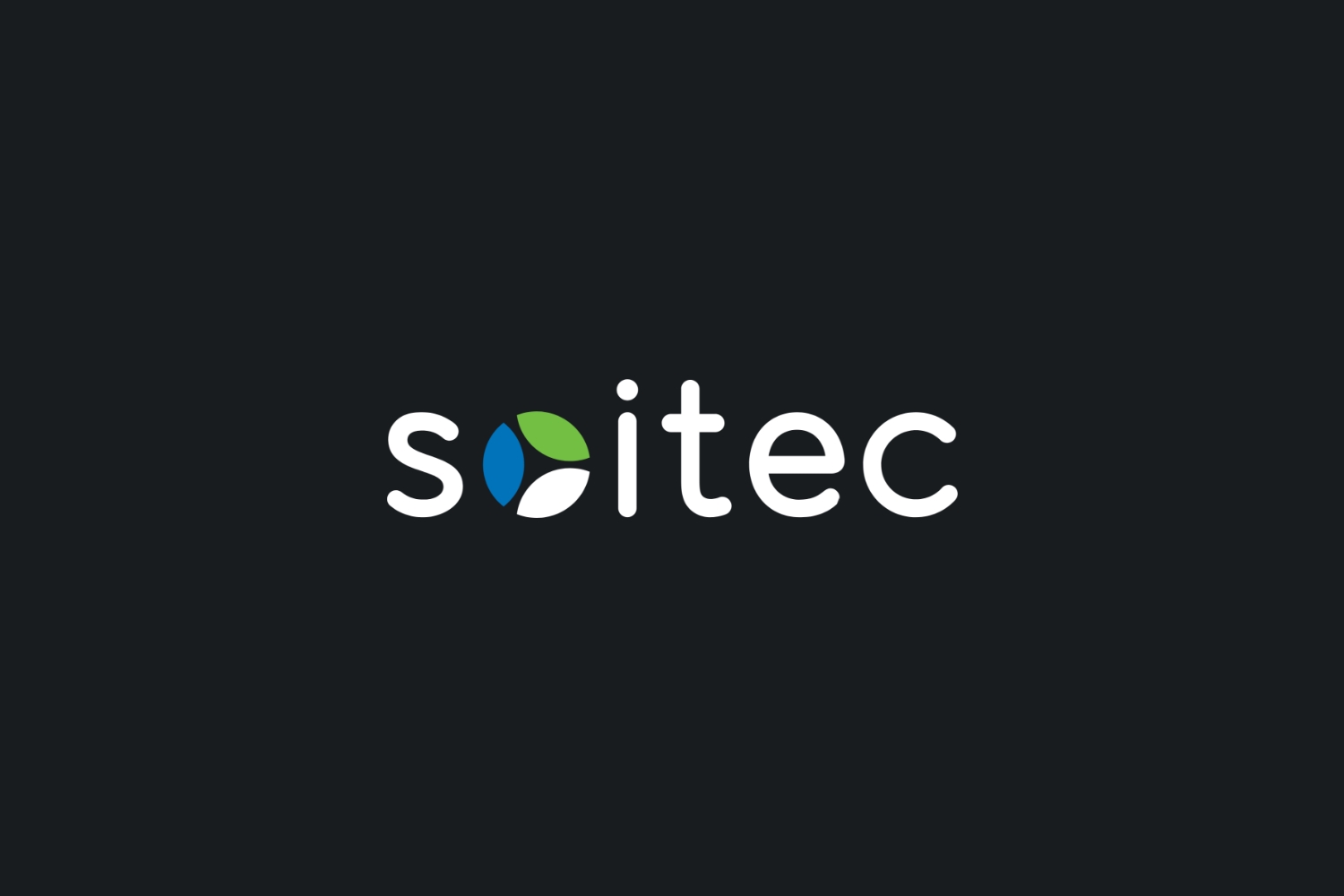At Soitec, a major player in semiconductor materials, innovation extends beyond the technologies they develop. The company has also embarked on an ambitious initiative: reducing the carbon footprint of its IT infrastructure. This topic, still underexplored in the industrial sector, is now taking an increasingly prominent place in the group’s sustainability strategy.
To learn more, we spoke with Julien Petibon, IT Digital Business Manager, who oversees business applications and data at Soitec.
Measure to act: turning a blind spot into a lever for action
Before getting started, one fact was clear: the carbon footprint of IT was difficult to assess. Unlike banking or insurance, where digital impacts are better understood, the industrial sector lacked benchmarks.
This need for visibility paved the way for a solution capable of collecting and validating data.
Seamless integration into a complex ecosystem
When evaluating Sopht, Soitec appreciated its agility. What made the difference? The ability to integrate quickly into an already rich and varied IT environment, particularly through several connectors:
- Native connection with ServiceNow CMDB, where all IT assets are managed
- Connectors for Nagios, AWS (numerous hosted servers), and OCI (ERP and Hyperion)
- Automated data collection, without the need for heavy internal development
This ease of integration saved valuable time and allowed the team to focus on analysis and action rather than technical implementation.
Encouraging initial findings
Thanks to this new visibility, the IT team was able to confirm several intuitions:
- Initiatives already in place, such as the FinOps approach, were naturally contributing to reducing the carbon footprint
- The observed emission ratios were relatively low, validating past efforts and providing a solid foundation for going further
“It’s reassuring to see that what we were already doing was heading in the right direction, but it’s also motivating because we now have a clear baseline for improvement” notes Julien.
An ambition aligned with growth
Soitec is a rapidly expanding company, with the goal of doubling in size within 3 to 5 years. This growth inevitably comes with a greater environmental impact.
To address this, the group has set ambitious targets for 2030:
- -25% on scopes 1 and 2
- -35% on scope 3
And even though IT is not the primary source of emissions for an industrial company, Julien’s team has chosen to commit to the same objectives.
A clear path toward sustainable IT
Soitec’s experience demonstrates that it is possible, even in industry, to transform IT into a lever for sustainability. The key?
- Measure accurately,
- Integrate with existing systems,
- And align IT objectives with those of the company.
Decarbonizing IT is therefore not reserved for service companies: even in a rapidly growing industrial sector, it is possible to build an effective Green IT strategy and maintain consistency between business ambitions and environmental commitments.
Share this article on social media
At Soitec, a major player in semiconductor materials, innovation extends beyond the technologies they develop. The company has also embarked on an ambitious initiative: reducing the carbon footprint of its IT infrastructure. This topic, still underexplored in the industrial sector, is now taking an increasingly prominent place in the group’s sustainability strategy.
To learn more, we spoke with Julien Petibon, IT Digital Business Manager, who oversees business applications and data at Soitec.
Measure to act: turning a blind spot into a lever for action
Before getting started, one fact was clear: the carbon footprint of IT was difficult to assess. Unlike banking or insurance, where digital impacts are better understood, the industrial sector lacked benchmarks.
This need for visibility paved the way for a solution capable of collecting and validating data.
Seamless integration into a complex ecosystem
When evaluating Sopht, Soitec appreciated its agility. What made the difference? The ability to integrate quickly into an already rich and varied IT environment, particularly through several connectors:
- Native connection with ServiceNow CMDB, where all IT assets are managed
- Connectors for Nagios, AWS (numerous hosted servers), and OCI (ERP and Hyperion)
- Automated data collection, without the need for heavy internal development
This ease of integration saved valuable time and allowed the team to focus on analysis and action rather than technical implementation.
Encouraging initial findings
Thanks to this new visibility, the IT team was able to confirm several intuitions:
- Initiatives already in place, such as the FinOps approach, were naturally contributing to reducing the carbon footprint
- The observed emission ratios were relatively low, validating past efforts and providing a solid foundation for going further
“It’s reassuring to see that what we were already doing was heading in the right direction, but it’s also motivating because we now have a clear baseline for improvement” notes Julien.
An ambition aligned with growth
Soitec is a rapidly expanding company, with the goal of doubling in size within 3 to 5 years. This growth inevitably comes with a greater environmental impact.
To address this, the group has set ambitious targets for 2030:
- -25% on scopes 1 and 2
- -35% on scope 3
And even though IT is not the primary source of emissions for an industrial company, Julien’s team has chosen to commit to the same objectives.
A clear path toward sustainable IT
Soitec’s experience demonstrates that it is possible, even in industry, to transform IT into a lever for sustainability. The key?
- Measure accurately,
- Integrate with existing systems,
- And align IT objectives with those of the company.
Decarbonizing IT is therefore not reserved for service companies: even in a rapidly growing industrial sector, it is possible to build an effective Green IT strategy and maintain consistency between business ambitions and environmental commitments.


